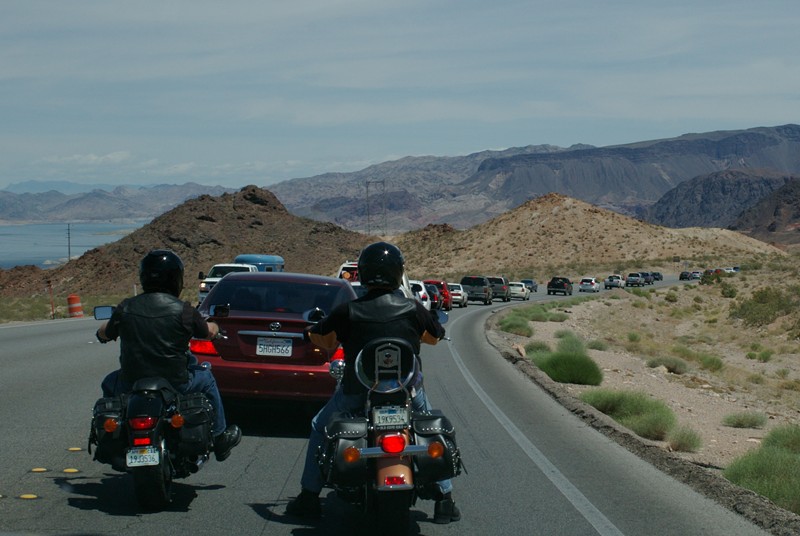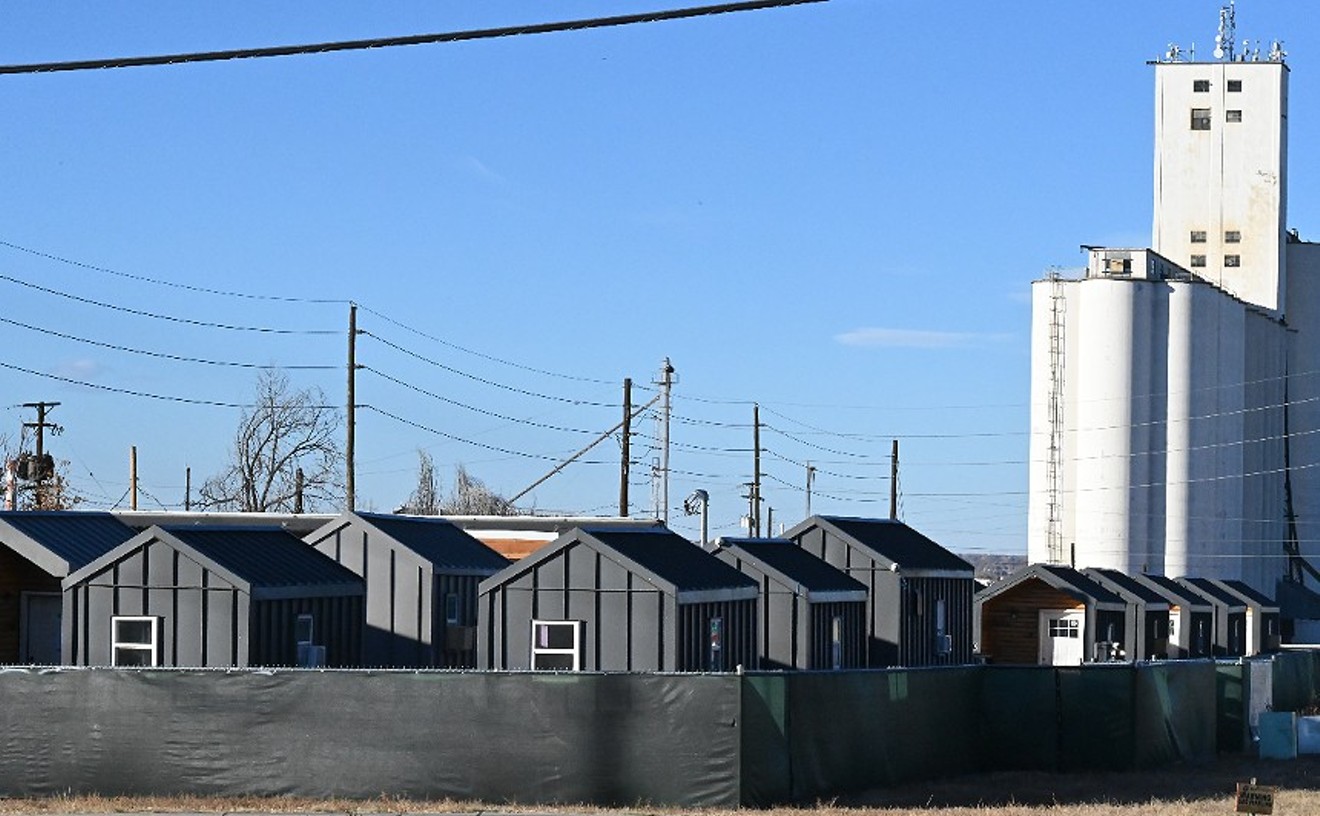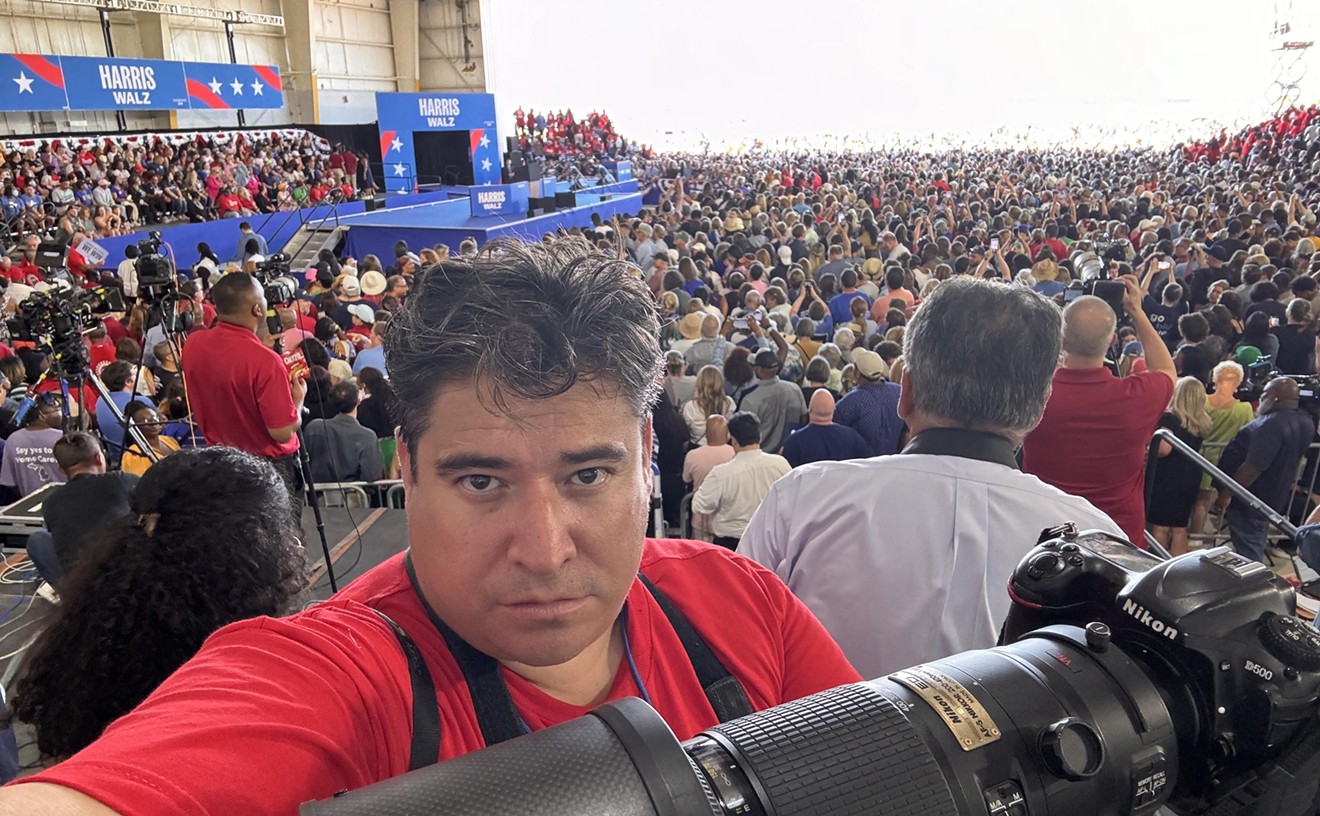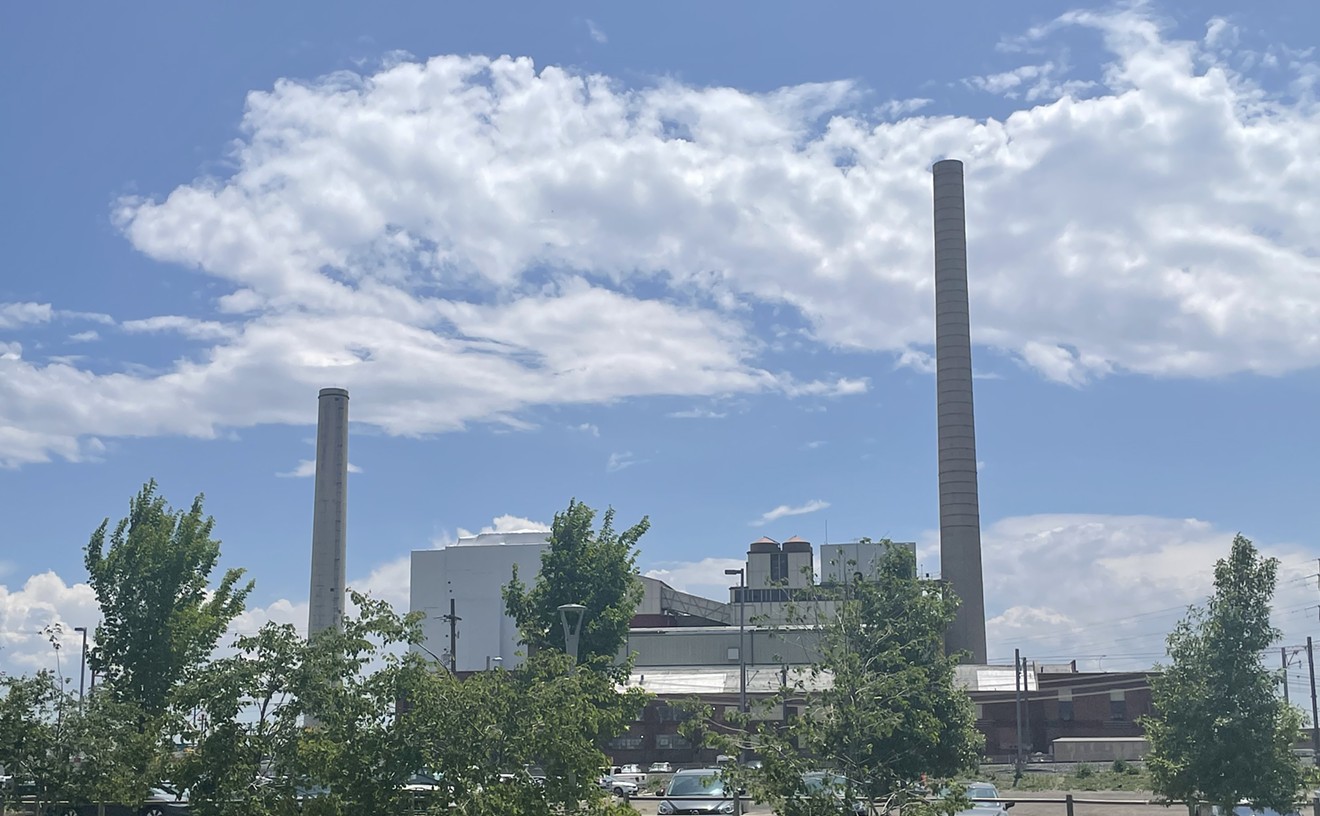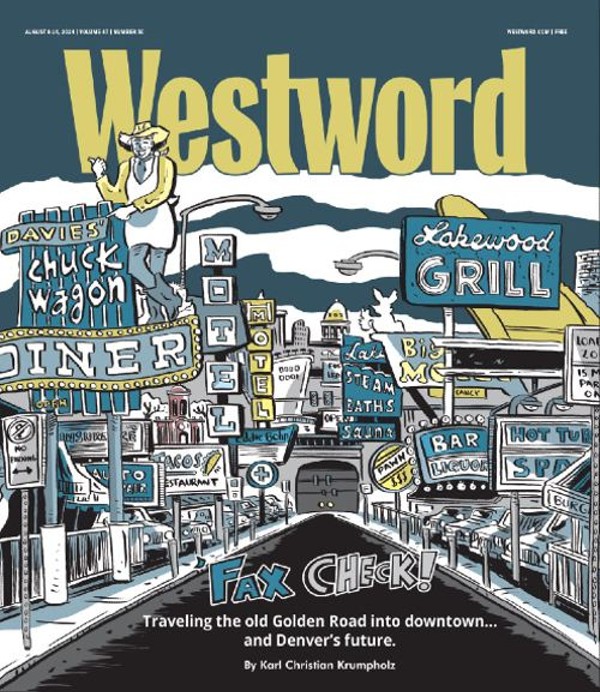State legislators passed Senate Bill 24-079 in March, permitting motorcycle riders to pass stopped vehicles in the same lane beginning on August 7. For example, a motorcyclist can now move to the front of the line when cars are stopped at a stoplight, or bypass gridlocked traffic on the highway, as long as certain conditions are met.
While this behavior has long been common among Colorado motorcyclists, the new law includes several stipulations for when it is actually legal. Westword is here to break it down.
When Can Colorado Motorcyclists Lane-Filter?
For a motorcyclist to legally lane-filter, traffic must be completely stopped in the motorcycle rider's lane and the adjacent lanes moving in the same direction, according to the bill language. While passing the stopped traffic, the motorcyclist must go fifteen miles per hour or slower and stay within their original lane, not riding between lanes or entering a new one.Once the stopped vehicles start moving again, the motorcyclist has to cease passing and re-enter the line of traffic as normal. Motorcyclists are not allowed to pass stopped vehicles using the right shoulder of a road or a lane of traffic moving in the opposite direction.
“While there may be times a rider would like to pass, the conditions may not allow it to be done legally,” Colorado State Patrol Chief Matthew Packard says in a statement on Monday, August 12.
Lane Filtering vs. Lane Splitting
While lane filtering is legal, lane splitting remains illegal in Colorado. Lane splitting is when motorcyclists ride between two rows of traffic, usually down the painted line dividing them. Lane splitting also includes riding between lanes while traffic is moving.Lane filtering requires that traffic be completely stopped and that the motorcyclist remain in the same lane, not between two lanes. If the lane isn't wide enough to safely accommodate the passing motorcycle and stopped vehicles, the rider cannot legally lane-filter.
What If There is a Crash?
Because the law requires that traffic be completely stopped for lane filtering to be legal, if the maneuver results in a collision, the motorcyclist will almost always be at fault as the only vehicle moving, according to the Colorado State Patrol. Lane filtering is not required; it is just an option for riders — so it is up to them to determine if they can safely filter without colliding with other vehicles.“Based on our law, if vehicles are moving, even slowly or for a short distance, the motorcyclist would be at fault,” Packard explains. “Riders are responsible for ensuring that all conditions are met to safely and legally filter.”
However, it is illegal for drivers to intentionally try to impede motorcycles from practicing legal lane filtering. For example, a stopped car cannot turn into the path of a lane-filtering motorcyclist to block them when traffic is not moving. If such a move resulted in a crash, the car driver would likely be at fault.
Why Is Colorado Doing This?
The new law is intended to reduce the likelihood of motorcycle riders being rear-ended by larger vehicles.The bill's legislative declaration says lane splitting "is in the best interests of motorist safety," citing various lane-splitting studies, including a 2009 study by the European Association of Motorcycle Manufacturers that found motorcyclists were seven times more likely to be hit while stopped compared to crashing while lane splitting. The same study concluded that only 0.45 percent of motorcycle crashes reviewed involved lane splitting.
Other states have made similar law changes: Limited forms of lane filtering or similar alternatives are legal in Arizona, California, Hawaii, Montana and Utah, and California allows lane splitting, according to the Colorado State Patrol.
Is Lane Filtering Permanent?
No, the new law is set to expire on September 1, 2027. That's so state legislators can evaluate the impact of the law and decide whether to extend it.The Colorado Department of Transportation must issue a report to the legislature by January 1, 2027, detailing the safety effects of allowing lane splitting, according to the bill. The report will compare data from before and after the law took effect, including motorcycle rear-end collisions, the severity of rear-end collisions in heavy traffic conditions, and motorcycle sideswipe collisions while passing.

